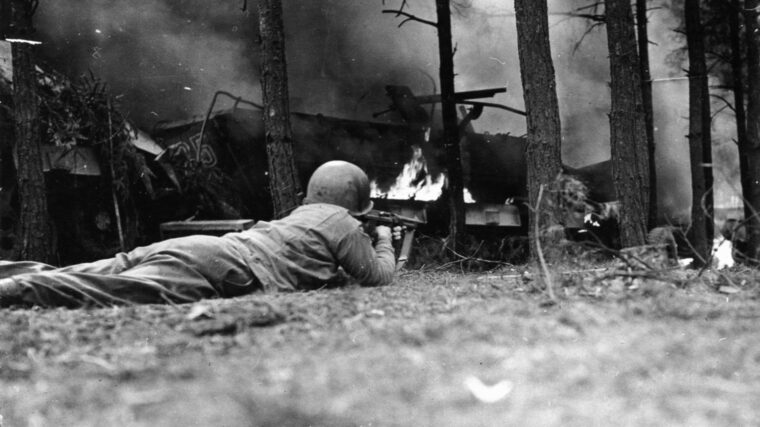
January 2006
WWII History
Stand at St. Vith
By Charles WhitingIn the early hours of Sunday morning, December 17, 1944, an American brigadier general suffering from piles was heading into the unknown. Read more
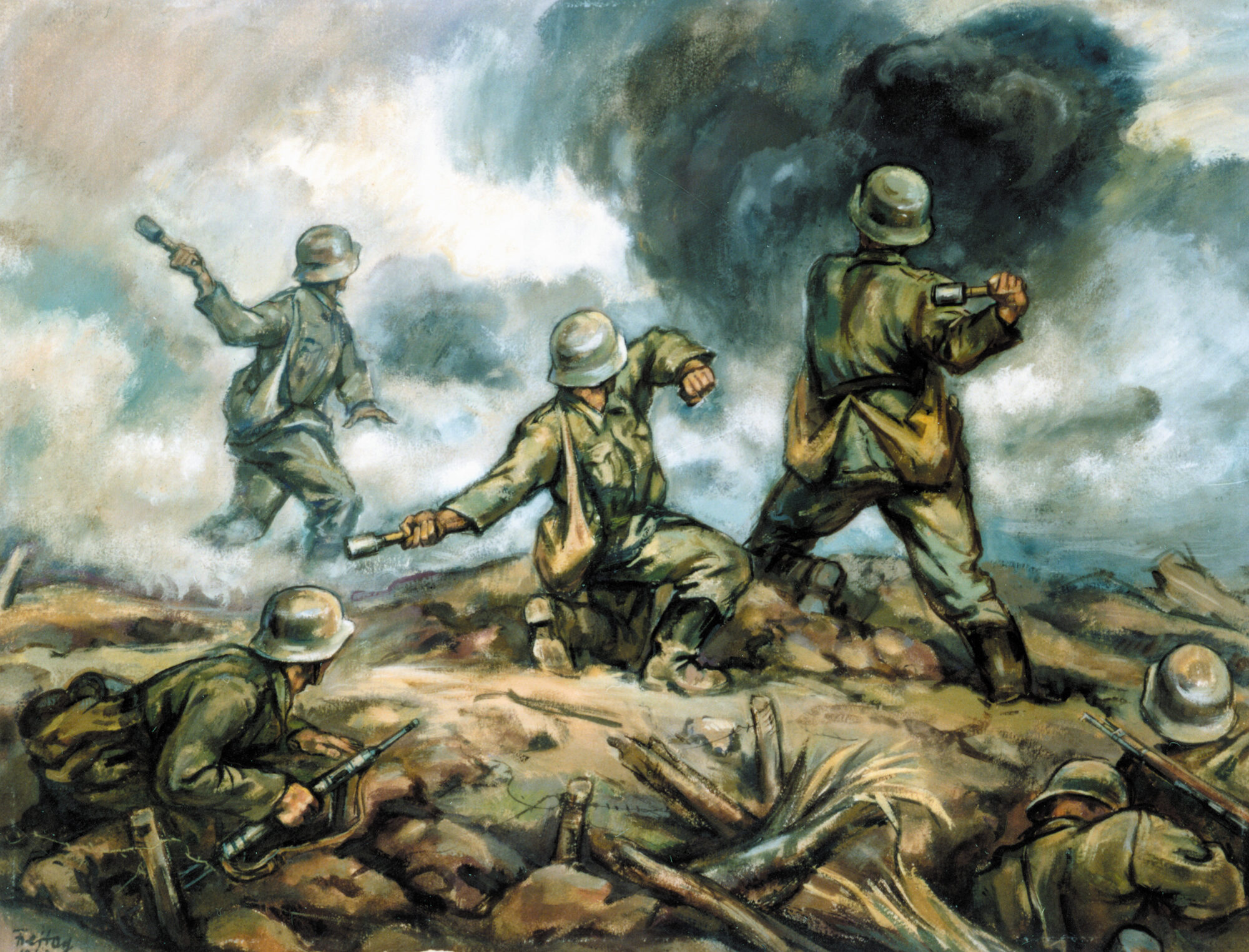
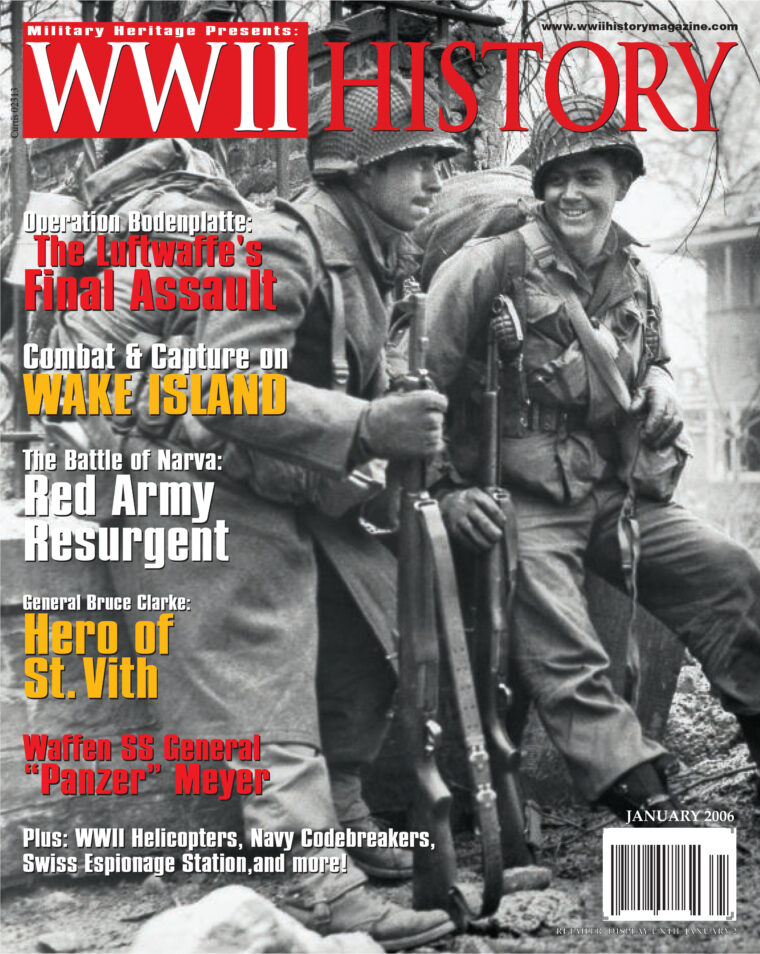
Volume 5, No. 1
Cover: U.S. soldiers pause for a well-deserved break in Malmedy on December 29, 1944. (Photo: National Archives)
Photo Credit: National Museum of the US Army, Army Art Collection

January 2006
WWII History
In the early hours of Sunday morning, December 17, 1944, an American brigadier general suffering from piles was heading into the unknown. Read more
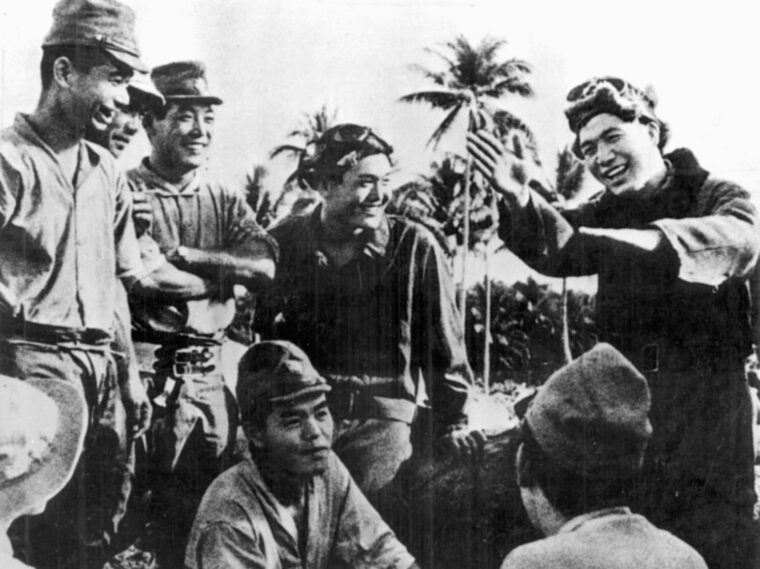
January 2006
WWII History
The siege of Wake Island lasted a relatively short time, from December 8 to December 23, 1941, yet it looms large in the annals of the Second World War. Read more
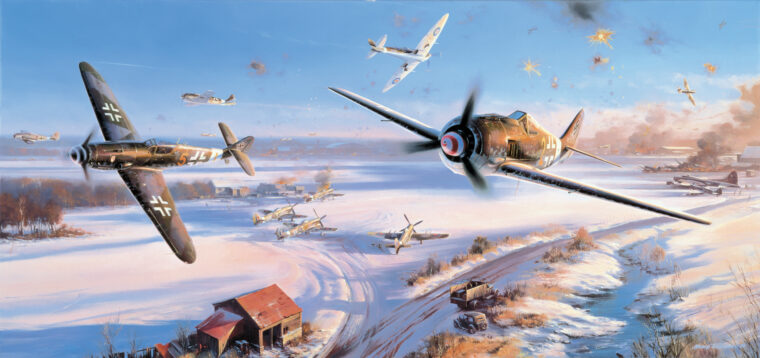
January 2006
WWII History
They were all annoyed. The directive from Jagdkorps (JK) 2 made no sense, but it was clear: all New Year’s Eve parties were cancelled. Read more
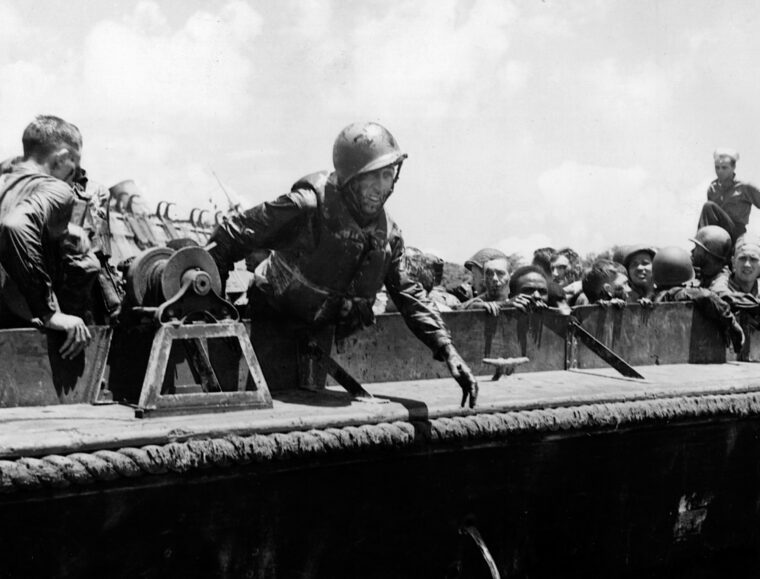
January 2006
WWII History
It was supposed to be a routine delivery of soldiers to the battlefields of Guadalcanal—but nothing in war is ever routine. Read more
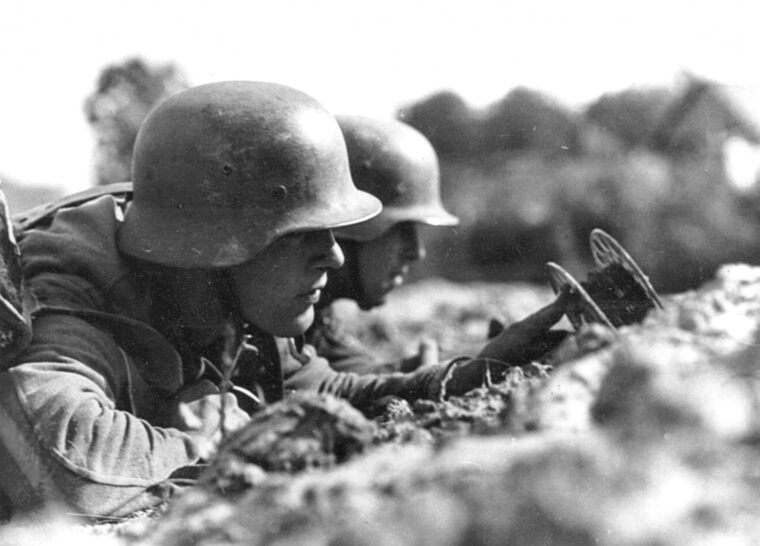
January 2006
WWII History
In the latter half of 1943, the German Wehrmacht had seen disaster follow disaster on the Eastern Front. Read more
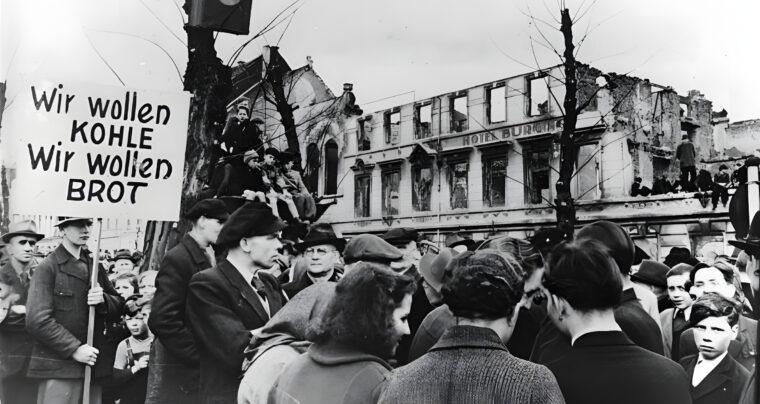
January 2006
WWII History, Editorial
It was indeed an unprecedented effort to raise a continent from the devastation of a horrific world war, and ironically, the idea belonged to a career soldier. Read more
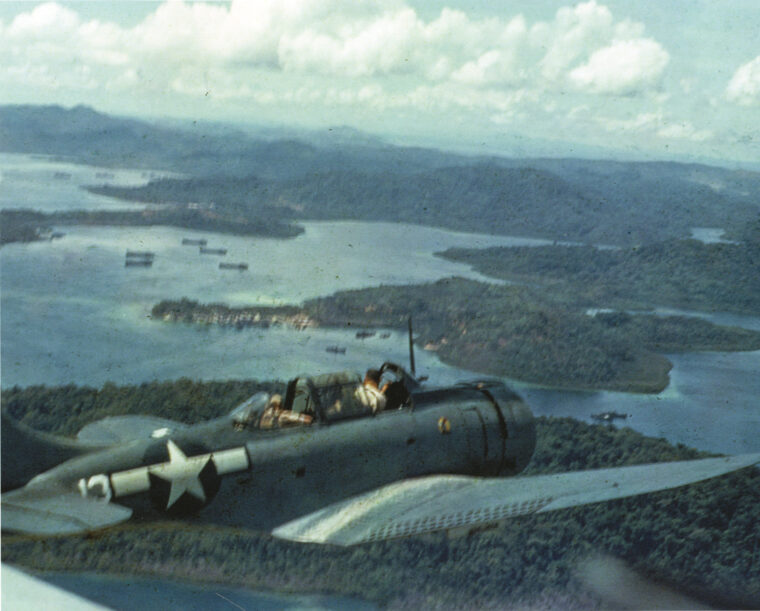
January 2006
WWII History, Dispatches
Dear Editors,
WAAC, WAC, ANC, ARC, WASP, WAFS, WAVES, WAMS, SPARS—why don’t we ever see any articles about the brave women who served? Read more
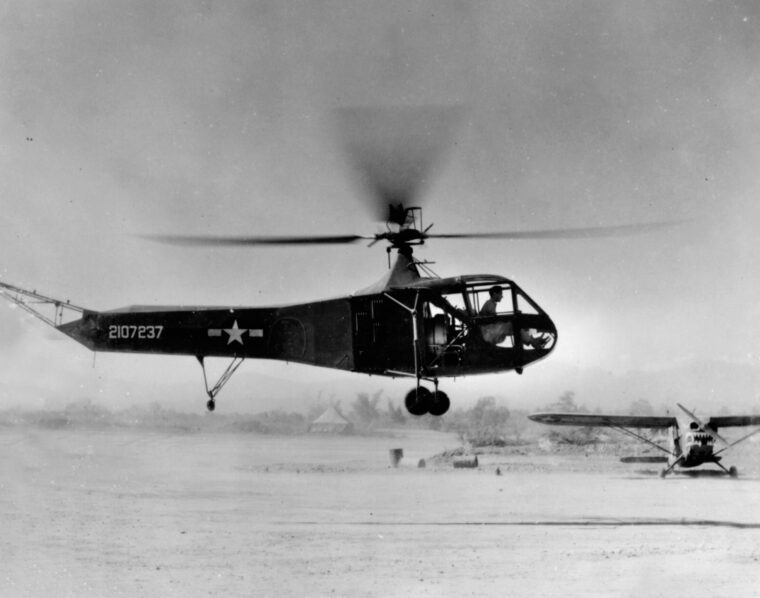
January 2006
WWII History, Ordnance
Whirlybird and eggbeater were everyday lingo in 1943 when a few young men went to the Sikorsky factory in Stratford, Conn., Read more
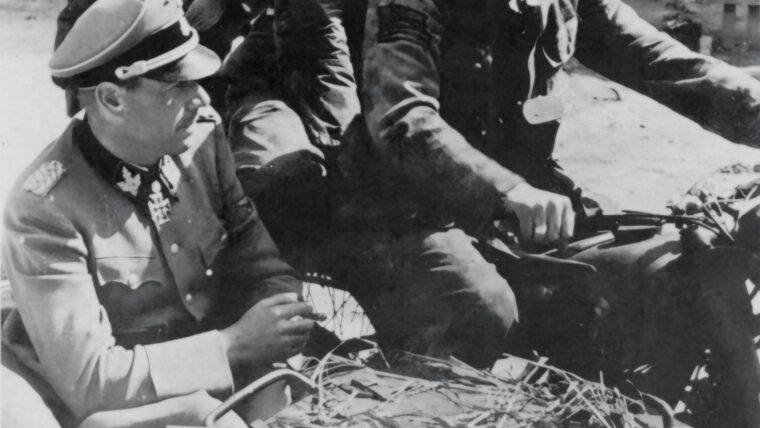
January 2006
WWII History, Profiles
Kurt Meyer was without doubt one of the most outstanding and highly decorated Waffen SS officers of World War II. Read more
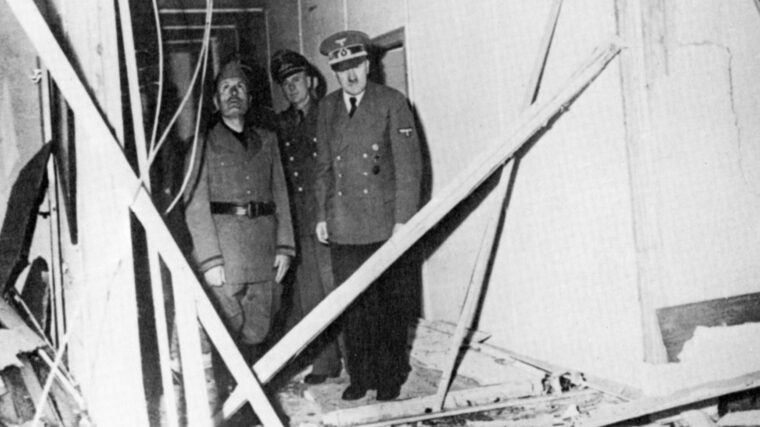
January 2006
WWII History, Top Secret
During World War II, Switzerland was one of the few neutral countries to survive unscathed amid the death and destruction that was being heaped upon the rest of Europe. Read more
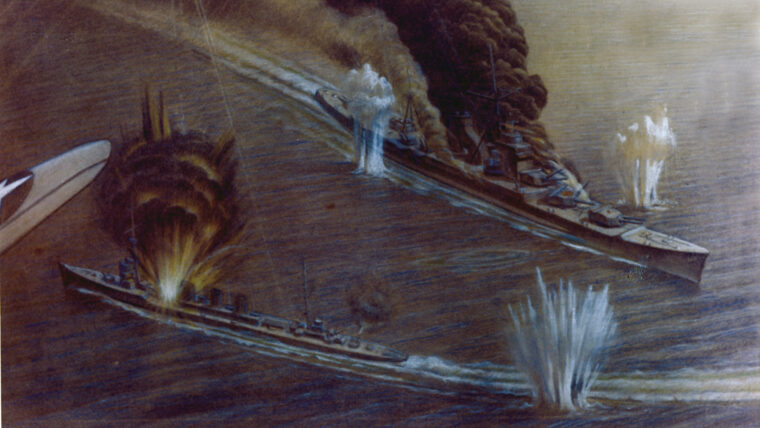
January 2006
WWII History, Insight
“For several months after the outbreak of the war with Japan the very fate of our nation rested in the hands of a small group of very dedicated and highly devoted men working in the basement under the Administration Building in Pearl Harbor.” Read more
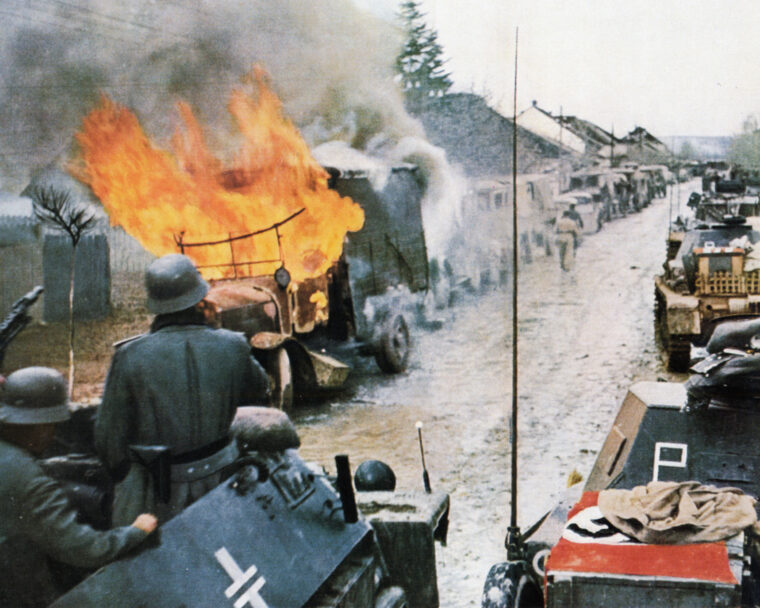
January 2006
WWII History, Books
The magnitude and geographical scale of the battles and campaigns on the Eastern Front during World War II and the number of soldiers involved in these operations are almost beyond the understanding of Americans. Read more
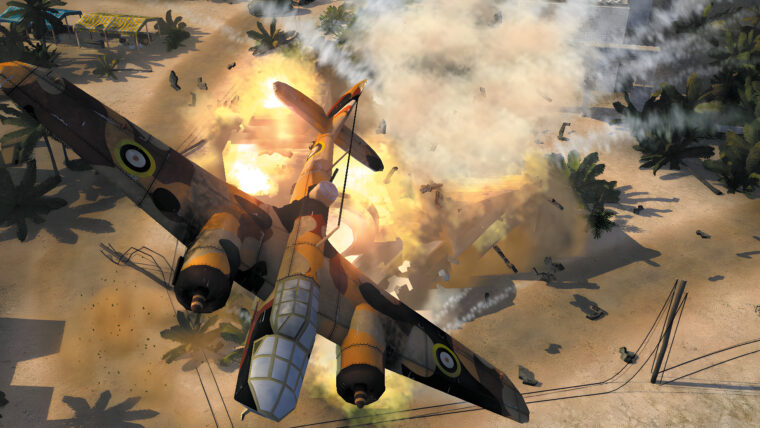
January 2006
WWII History, Simulation Gaming
Combat Mission: Afrika Korps is new game for PCs from Battlefront. As the name implies, the setting is the Mediterranean Theater of World War II including North Africa, Italy, Sicily and Crete. Read more